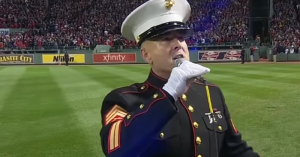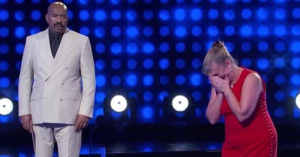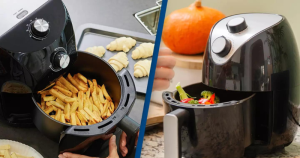
The post-acute sequelae of COVID-19 (PASC), also known as extended COVID, are a wide range of symptoms that the coronavirus illness 2019 (COVID-19) can develop in convalescent patients. According to some research, protracted COVID may be fueled by virus persistence, autoimmunity, and immunological dysregulation. Even still, little is known about the basic processes that underlie this illness.
Acute COVID-19 is characterized by increased levels of pro-inflammatory cytokines and certain chemokines. Monocytes and neutrophils, which are essential for COVID-19 pathogenesis, are attracted to the infection site(s) by chemokines. Moreover, COVID-19 has been shown to contain autoantibodies against interferons and other molecules; typically, they are linked to unfavorable results. Yet, no investigation has thoroughly analyzed autoantibodies against chemokines.
The COVID-19 signature was identified by the clustering of antibodies against the chemokine ligands C-C motif ligand 19 (CCL19), CCl22, and C-X-C motif ligand 17 (CXCL17). Additionally, the researchers confirmed this signature in two separate cohorts (Milan and Zurich). Whereas the Zurich cohort was collected 13 months after disease onset, the Milan cohort was assessed during the acute phase and seven months after onset.
The scientists also noticed that IgG levels against the receptor-binding region of the SARS-CoV-2 spike did not correlate with antibody levels of the COVID-19 chemokine signature or half-maximal neutralizing titers (NT50) (RBD). When compared to month 6, antibodies to particular chemokines (CXCL7, CCL8, CCL19, CCL8, CCL16, and CCL13) rose at month 12 post-onset. In contrast to anti-RBD antibodies, which deteriorated over time, antibodies against several.Only anti-CCL19 antibodies were more prevalent in COVID-19 hospitalized convalescents than in control subjects. On the other hand, compared to controls, outpatient convalescents had increased levels of eight chemokines. Importantly, compared to outpatient patients, convalescents who had previously been hospitalized had lower levels of antibodies against CCL25, CXCL5, and CXCL8.
The COVID-19 hospitalization signature, which includes autoantibodies against CCL25, CXCL8, and CXCL5, which is linked to disease severity, is distinct from the COVID-19 signature that separates convalescents from controls. The team then used a questionnaire to gather information on self-reported symptoms at month 12 in order to test the hypothesis that chemokine antibodies at month 6 predicted long COVID.





